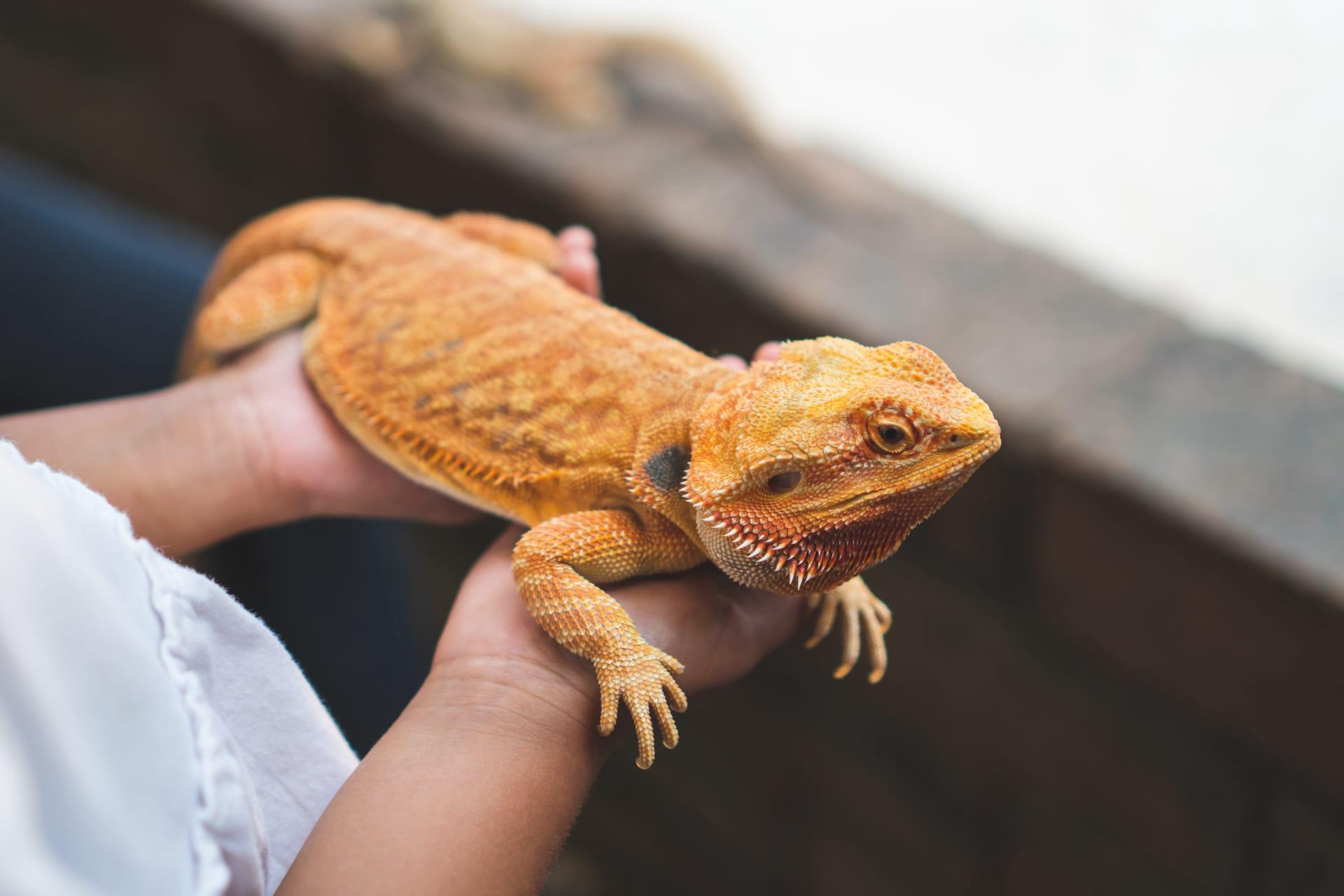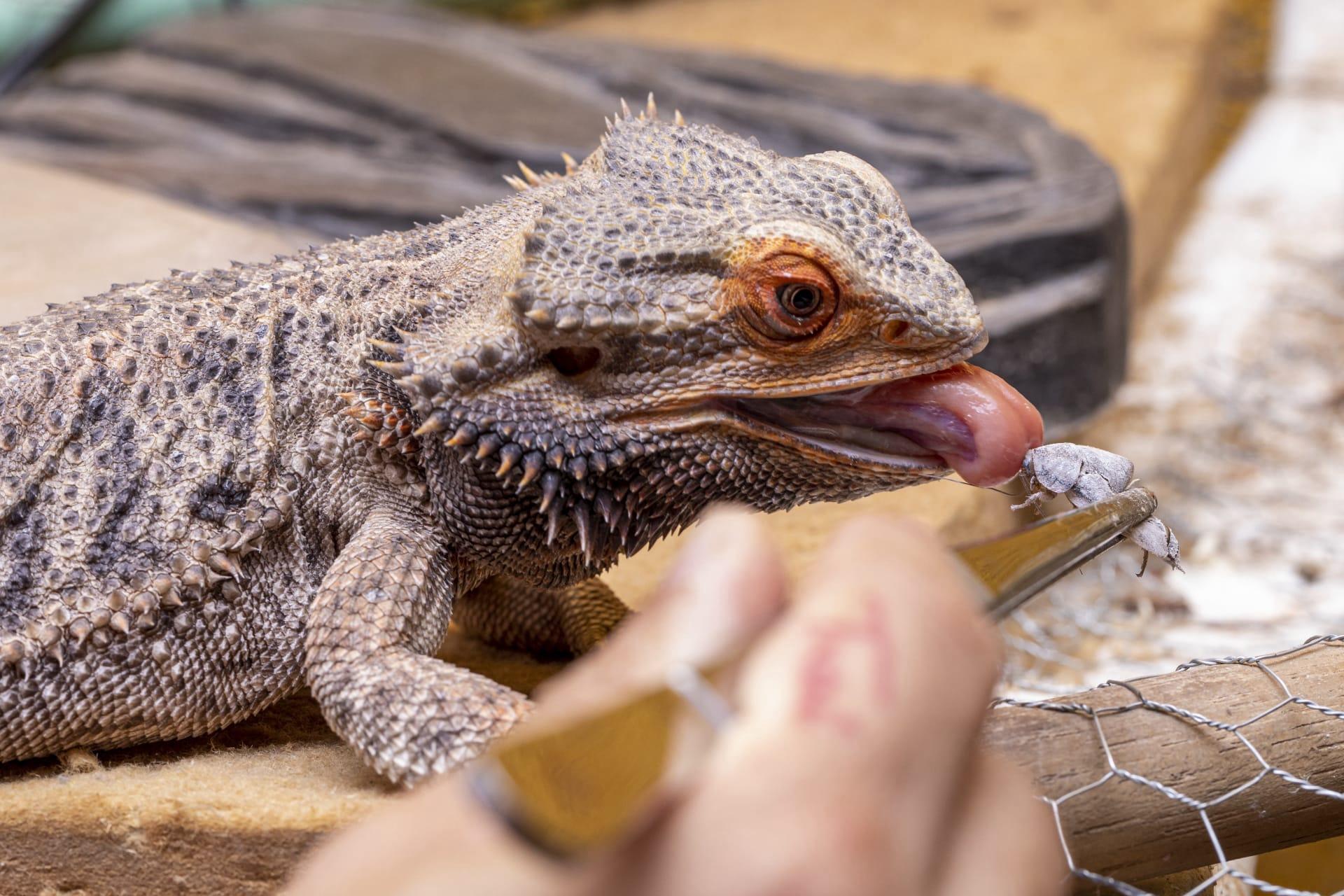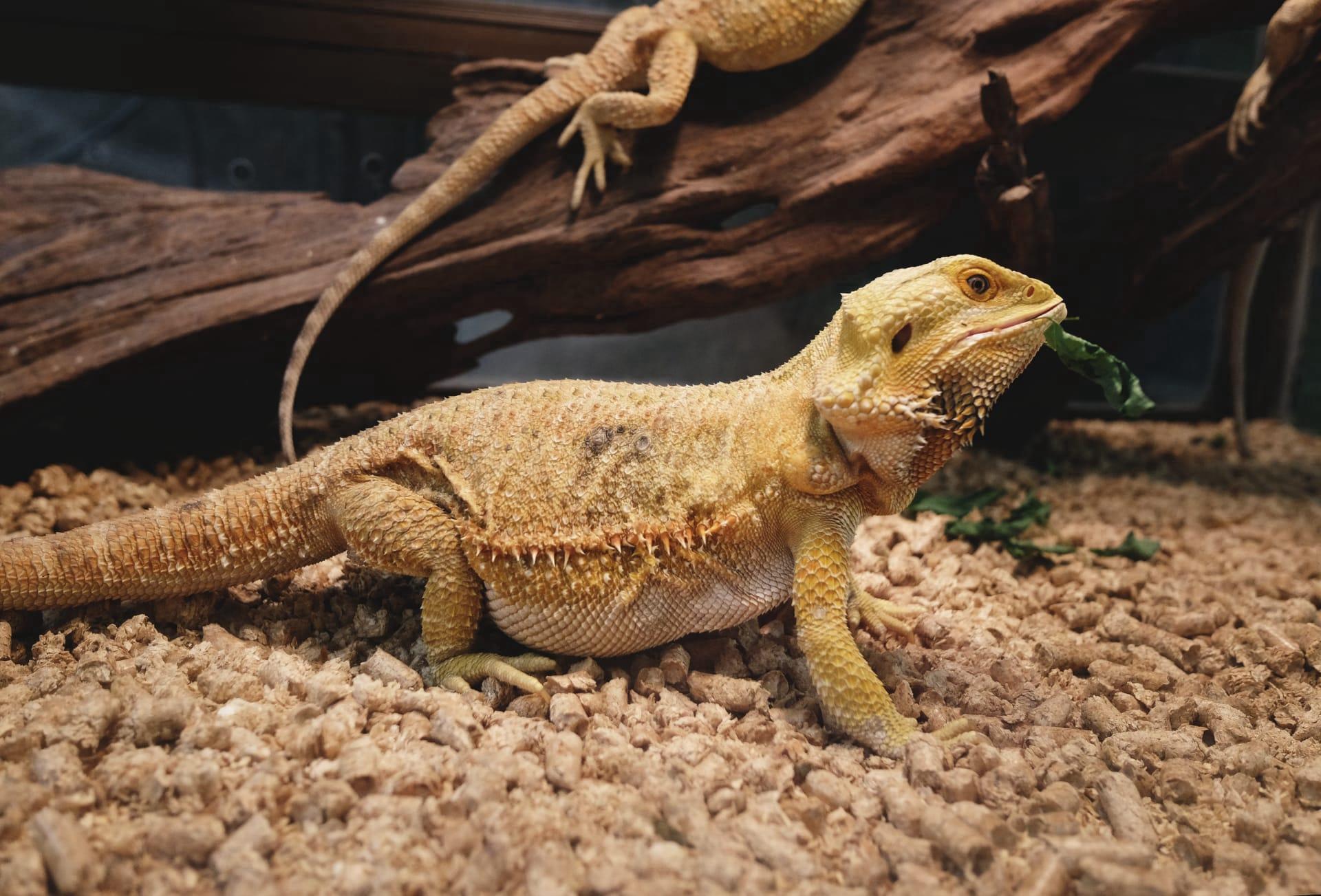Bearded Dragon
- Home /
- Mini Encyclopedia /
- Animal /
- Bearded Dragon
1
Bearded dragons, scientifically known as Pogona, belong to the family Agamidae, which is a part of the order Squamata. This order also includes snakes and other lizards. The genus Pogona comprises several species, with the most commonly known being Pogona vitticeps. These species are distinguished by their robust bodies, triangular heads, and the distinctive 'beard' of spines under their chins, which can puff out when they feel threatened.
Bearded dragons are native to Australia. Their habitat spans across various Australian landscapes, including deserts, woodlands, and scrublands. They are predominantly found in the central and eastern parts of the country. Adapted to a harsh and arid environment, bearded dragons thrive in these regions due to their ability to regulate body temperature and source food in scarce conditions. Their distribution, however, is limited by factors such as temperature extremes and availability of suitable habitat.

2
Question: Do bearded dragons have the ability to change color like chameleons?
Answer: A common misconception is that bearded dragons can change their color to the extent of chameleons. In reality, while bearded dragons do possess some color-changing capabilities, it is much more limited. Their color change is primarily a response to temperature variations and stress, rather than for camouflage as seen in chameleons. For instance, they may turn darker to absorb more heat when the environment is cool, or lighten to reflect heat in hotter conditions. This ability plays a crucial role in their thermoregulation.

3
Bearded dragons have evolved several survival strategies to thrive in the harsh Australian outback. One key adaptation is their ability to regulate body temperature through basking. These lizards are ectothermic, relying on external heat sources to maintain their body temperature. They often bask in the sun to warm up and retreat to shady areas or burrows to cool down.
Another remarkable survival strategy is their diet versatility. Bearded dragons are omnivores, feeding on a variety of foods including insects, smaller animals, and plants. This diverse diet enables them to survive in environments where food sources may be limited. Additionally, they have the ability to store fat in their tails, which serves as a reserve during times when food is scarce.

4
In the ecosystem, bearded dragons play a significant role as both predators and prey. As predators, they help control the populations of insects and smaller animals, thereby maintaining a balance in the food chain. Their feeding habits also aid in seed dispersal, contributing to plant diversity in their habitats.
As prey, bearded dragons are a vital food source for larger predators. This makes them an integral part of the food web, ensuring the survival and health of other species. Their presence in the ecosystem also indicates a healthy, functioning environment, as they are sensitive to ecological changes, making them a potential indicator species for environmental monitoring.

5
Film: "Dragons in the Outback" is a notable documentary from Australia, released in the 2010s. It provides an immersive look into the lives of bearded dragons in their natural habitat. The film showcases their daily survival challenges, breeding behaviors, and interaction with the diverse ecosystem of the Australian outback.
Book: "The Bearded Dragon Manual," authored by Philippe de Vosjoli and published in the United States in the early 2000s, offers comprehensive insights into the care, behavior, and breeding of bearded dragons. It serves as a practical guide for enthusiasts and pet owners, enriched with detailed information about their biology and habitat.
Book: "Bearded Dragons: Ecology and Behavior," authored by Jane Melbourne, released in the United Kingdom in the late 2010s, delves into the scientific aspects of bearded dragons. It explores their ecological role, behavioral patterns, and adaptive mechanisms in the Australian landscape, providing a blend of scientific research and practical observations.